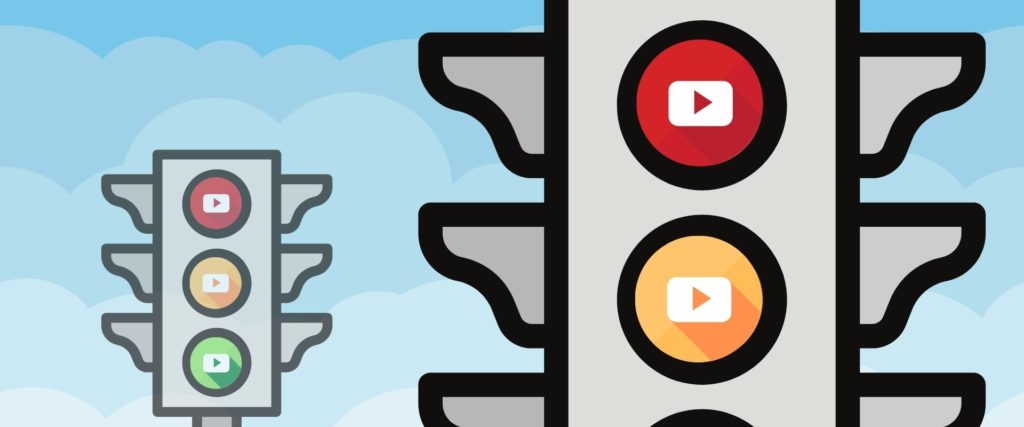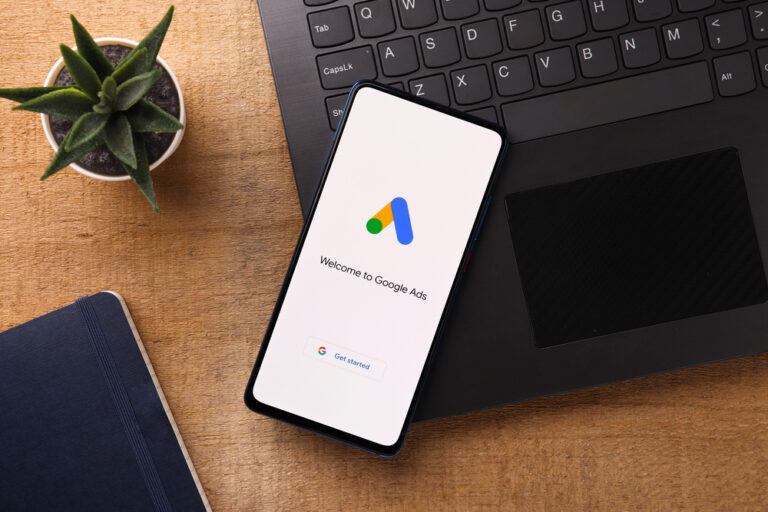Many of us thought YouTube videos “going viral” had something to do with the popularity of their content or, at a minimum, how many views or “likes” the video received. Many think these are part of gauging the impact the video has on the platform, when in fact they are the result of a complex algorithmic chain of criteria that most are unfamiliar with or even suspect its existence.
Not knowing how these algorithms work or even what factors into the “viral” equation before uploading a video to be monetized can cost you (the content creator) the timely impact of that video and ultimately ad revenue from lack of exposure.
There are plenty of short-form, video-related platforms out there that can trigger a video to go viral like YouTube Shorts, Facebook/Instagram Reels, TikTok, and Snapchat to name a few. The long-form video giant YouTube (wholly owned and operated by Google) actually ranks its videos with specific algorithms that maximize ad revenue for the company and content creators alike.
Some short-form platforms mimic this type of criteria-chain-computing, but that’s for another conversation. For today, we’ll focus on the known pioneer of these revenue-crunching algorithms and the factors for getting YouTube to recommend your videos to viewers on the platform, driving traffic to your content at no cost to you.
Even Low-Production Value Content Gets Noticed If It Retains Viewership
Starting with your fundamental, content-creating processes, your content doesn’t have to be professionally produced or even look like it does to be recommended by YouTube. However, it does help to retain viewers and gain subscribers to have an improving production value over time.
More on that in a minute. The basic idea behind YouTube’s algorithms: keep viewers on the platform ingesting content. The more content that is ingested, the higher percentage of ad revenue is generated for the platform who then shares it with the content creators through monetization.
Circling this back to your production value tells us that your content needs to be able to retain viewership, however you decide to produce it. This criterion is the essential first link in the algorithm’s chain. The next links dive deeper into word optimizations from copyrighting, tag research, and captioning.
The Question of Clickbait – Do You Want Views?
Your intent for your content is important and we can all attest that businesses big and small share videos on YouTube to be seen. Those views, however acquired, play into the monetization and ad revenue we created the content for in the first place.
We’ve all heard the term “clickbait” which can be defined as “content whose main purpose is to attract attention and encourage visitors to click on a link to a particular web page.”
Others have expanded the definition to include that the link “leads to content of dubious value or interest”.
We could see the first part of the definition as the result of “good marketing” and “knowing your audience”, while the expanded version leaves us feeling icky and somewhat devious.
Guess what? They both hold the same value when it comes to metrics, there is no discrimination between one “like” or the other when it comes to exposure.
Just be sure that your thumbnail, title, description, and tags all remain relevant to the content it’s attached to, or it becomes the very wrench that halts the algorithm’s gears and YouTube won’t know to recommend your video.
YouTube Videos: What’s in a Name?
Unlike in Romeo and Juliet where William Shakespeare uses this line to convey that the naming of things is irrelevant, your video’s title is a strong link in the algorithm’s criteria chain.
Regardless of how the last few paragraphs left you feeling, having a “clickbaitish” title is vital to your video being noticed by the algorithm.
Not to say the pros are intentionally leading clickers to “content of dubious value or interest”, we’re going for that catchy marketable title that is genuine and creative.
Ultimately we want to catch the viewers’ eyes as well as YouTube’s.
Describe Yourself in 5000 Words or Less
Whatever niche your content covers, whatever area of business, personality, or content you deliver, ensure your description accurately depicts what’s happening in the video you’re sharing.
The secret behind getting noticed (by the algorithm) is the duplication of words and phrases in the title, description, tags, and captions.
This consistency across your copy will help optimize awareness for the decision computing to recommend your video to others across the platform. Again, just be sure your copy remains relevant to the video you’re posting it for so it doesn’t hurt more than help.
Not certain about relevancy? It’s simple really, if you’re going to post a video about the latest fashion trends in ladies’ purses, then your title, content, tags, and captions all need to be on that topic, don’t mix and match.
Tag, You’re It
One of the most undervalued tools in sharing videos on any platform is the tag– mostly because creators don’t understand their significance when it comes to the exposure tags can bring to content.
Tag research, as a means of finding out what viewers are searching for across the platform, is imperative to reveal what the focus of your video should be as you develop your pre-production process.
Essentially, to get recommended by YouTube you need to be noticed, to be noticed you’ll need to produce content that people are looking for, as evidenced by their searches.
All in all, the passive way of sharing well-crafted information through video may have worked in the past to build an audience, gain exposure, and cause a video to go viral organically. But today’s algorithmic technologies that many media sharing platforms have adopted actually drive the necessity for research in your niche in order to deliver content that people are searching for on the platform.
Although platforms adopting this model is good for business (ad revenue for the platform), it seems a tad limiting to the creators when it comes to delivering innovative content no one has seen or heard of before, let alone searched the inter-web for it. But even that can be overcome with strategic thinking.
We’re always happy to talk to you. Feel free to contact us.






